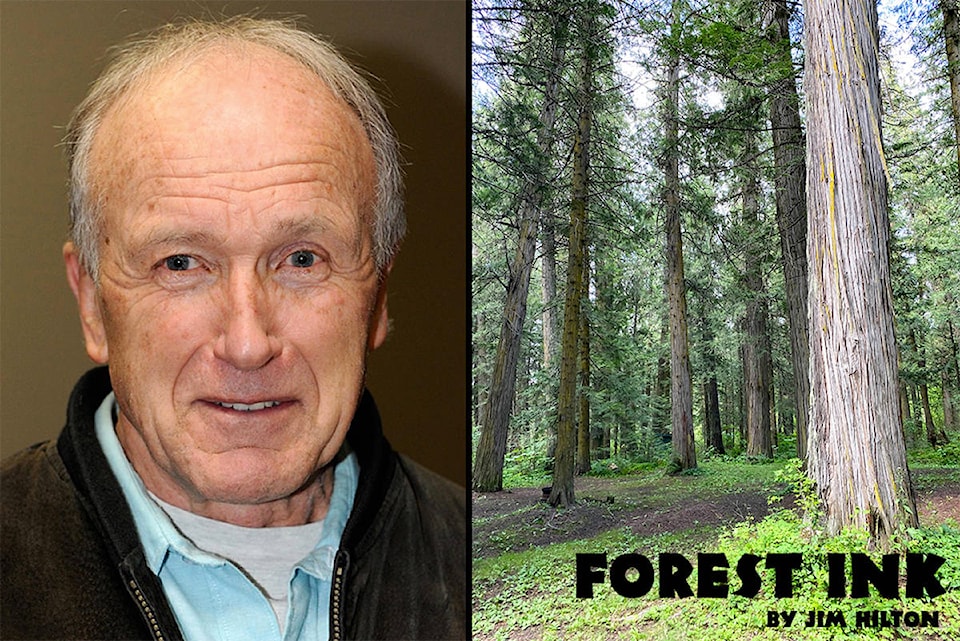In the past, most of us would think a wood window consists of a wood frame with glass panels but how about a window made entirely of wood. According to researchers at the University of Maryland their “ solid wood window” was achieved by turning ordinary sheets of wood into transparent material that is nearly as clear as glass, but stronger and with better insulating properties.
It could become an energy efficient building material in the future since it has a higher R value and is a lot lighter compared to equal thickness of standard glass.
I was made aware of transparent wood from a friend who heard about it on CBC radio (Quirks and Quarks) and later found a detailed paper in (Science Advances) which provided more technical details.
Transparent wood is a promising material which has presented desirable performances in thermal and light management with the following attributes: 1.) High optical transmittance (approximately 91 per cent), comparable to that of glass; 2.) High clarity with low haze (approximately 15 per cent); 3.) High toughness (3.03 MJ m-3) that is three orders of magnitude higher than standard glass (0.003 MJ m-3); 4.) Low thermal conductivity (0.19 W m-1 K-1) that is more than five times lower than that of glass. Additionally, the transparent wood is a sustainable material, with low carbon emissions and scaling capabilities due to its compatibility with industry-adopted rotary cutting methods.
For example a mass production system shows where a lathe (like that used to make plywood panels) creates the thin continuous panel which is rolled out where the hydrogen peroxide is applied followed by exposure to an ultraviolet light and then cut into the appropriate sizes which are then treated with the epoxy.
READ MORE: Carefully consider source when searching for online info
Early attempts to make transparent wood involved removing the lignin, but this involved hazardous chemicals, high temperatures and a lot of time, making the product expensive and somewhat brittle.
The new technique is so cheap and easy it could literally be done in a backyard or in a small shop. For example start with (four-inch-wide strips) of wood a metre long and one millimetre thick and simply brush on a solution of hydrogen peroxide using an ordinary paint brush. Leave in the sun, or under a UV lamp for an hour or so until the peroxide bleaches out the brown chromophores but leaves the lignin intact and has turned the wood white. After soaking the wood in ethanol to remove any remaining gunk, fill the pores in the wood with clear marine grade epoxy (with the assistance of a vacuum process) and let harden.
This makes the white wood transparent. Pictures of the modified wood show the images behind the transparent wood were slightly obscured but certainly recognizable. While the modified wood product may not be a clear as most glass it certainly was transparent enough to easily see the objects behind the transparent wood panel.
READ MORE: Important factors for making branch wood chips
With any new product, moving from lab trials to production for public consumption may take some time depending on the willingness of industry to predict the demand for a new product. So far it appears the lab production has been limited to very small pieces of balsam wood which will seriously limit large scale production unless a wider variety of tree species can also be used.
Time will tell just how strong and durable this transparent wood product will be once it is exposed to the weather and sun but there no doubt will be research on how to increase the life span of this new product and if it could be used in combination with existing products like glass or Plexiglas.
For more information visit: https://www.newscientist.com/article/2265874-wood-can-easily-be-turned-transparent-to-make-energy-saving-windows/#ixzz6mQBHpQN9.
Jim Hilton is a professional agrologist and forester who has lived and worked in the Cariboo Chilcotin for the past 40 years. Now retired, Hilton still volunteers his skills with local community forests organizations.
